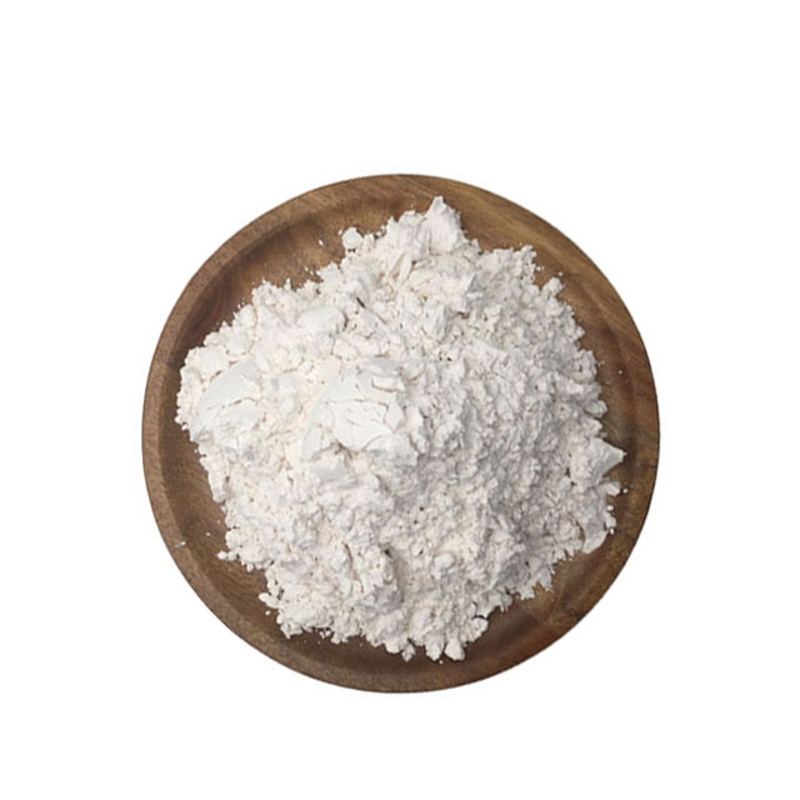-
Categories
-
Pharmaceutical Intermediates
-
Active Pharmaceutical Ingredients
-
Food Additives
- Industrial Coatings
- Agrochemicals
- Dyes and Pigments
- Surfactant
- Flavors and Fragrances
- Chemical Reagents
- Catalyst and Auxiliary
- Natural Products
- Inorganic Chemistry
-
Organic Chemistry
-
Biochemical Engineering
- Analytical Chemistry
- Cosmetic Ingredient
-
Pharmaceutical Intermediates
Promotion
ECHEMI Mall
Wholesale
Weekly Price
Exhibition
News
-
Trade Service
At present, image-guided percutaneous microwave ablation (MWA) and cryoablation are one of the important measures for the treatment of thoracic tumors.
To accurately detect local residual or recurrence of lesions, a comprehensive understanding of MWA and expected imaging findings after cryoablation is required.
It has been repeatedly suggested in the review that cryoablation zones in the lungs retract faster than microwave ablation zones, but data
to support this claim are lacking.
In clinical practice, faster retraction can facilitate early recognition of local disease progression and may affect the frequency and timing
of imaging follow-up.
In clinical trials, the rate at which the ablation zone shrinks will provide the minimum length
of imaging follow-up to reach the threshold set by the mRECIST (Modified Solid Tumor Response Criteria) criteria.
Current understanding of the evolution of lung ablation zones after MWA and cryoablation is largely based on two-dimensional assessments, and no studies have compared the volume measurement of lung ablation zones after MWA and cryoablation.
In addition to assessing the ablation zone, the evaluation of the response after lung ablation also includes the evaluation
of local lymph nodes.
After radiofrequency ablation (RFA) of lung tumors, the pleural lymph nodes may be temporarily enlarged, which is easily confused
with lymph node metastasis.
Thoracic lymphadenopathy after MWA has been noted, but comparisons
with cryoablation are lacking.
A study published in the journal European Radiology compared the rate of shrinkage of lung ablation zones between MWA and cryoablation and evaluated the relationship between
transient regional lymphadenopathy and MWA.
This retrospective cohort study compared lung ablation zones and thoracic lymph nodes
after MWA and cryoablation performed from 2006 to 2020.
In the ablation zone cohort, the volume of the ablation zone was measured on 12 months of continuous CT
.
In the lymph node cohort, the sum
of the two-dimensional products of the diameter of the lymph nodes is measured before ablation (baseline) and 6 months after ablation.
The cumulative incidence curve assessed the time to ablation zone reduction by 75%, and the linear mixed-effects regression model compared the temporal distribution
of ablation zone and lymph node size in different modes.
A total of 36 patients were evaluated in ablation zones (16 MWA, 29 cryoablations)
in 59 tumors over 45 treatments.
No 75% difference in time to volume reduction was found between the different modes
.
After MWA treatment, half of the ablation zone takes 340 days to achieve 75% volume reduction, while after cryoablation it takes 214 days (p = .
30).
The size of the thoracic lymph nodes after 33 treatments (13 MWA, 20 cryoablations) varied in different modalities (basal - 32 days, p = .
01; 32-123 days, p = .
001).
After MWA, lymph nodes increased by an average of 38 mm² (95% CI, 5.
0-70.
7; p = .
02) from baseline to 32 days, followed by an estimated decrease of 50 mm² (32–123 days; p = .
001)
。 After cryoablation, no changes in the lymph nodes were found (baseline - 32 days, p = .
33).
Figure A 76-year-old man undergoing percutaneous cryoablation of a 2 cm spindle-cell sarcoma metastasis in the upper lobe of the
right lung.
The ablation zone volume was 10.
4 cubic centimeters (a) 36 days after surgery and 318 days after surgery, the ablation zone volume was 3.
0 cubic centimeters (b).
The top row shows semi-automatic threshold-based volume segmentation of the ablation zone, and the lower row displays a selected axis-enhanced CT image of that volume
This study found no statistically significant difference
in lung ablation zone volume reduction between microwave ablation and cryoablation of lung tumors.
A brief increase in the size of local lymph nodes in the first month after microwave ablation may be reactive and is expected to recover
within 6 months after ablation.
In contrast to radiofrequency ablation and microwave ablation, cryoablation of lung tumors is not associated
with postoperative pleural lymphadenopathy.
Original source:
Maria M Wrobel,Alexis M Cahalane,Dessislava Pachamanova,et al.
Comparison of expected imaging findings following percutaneous microwave and cryoablation of pulmonary tumors: ablation zones and thoracic lymph nodes.
DOI:10.
1007/s00330-022-08905-1







